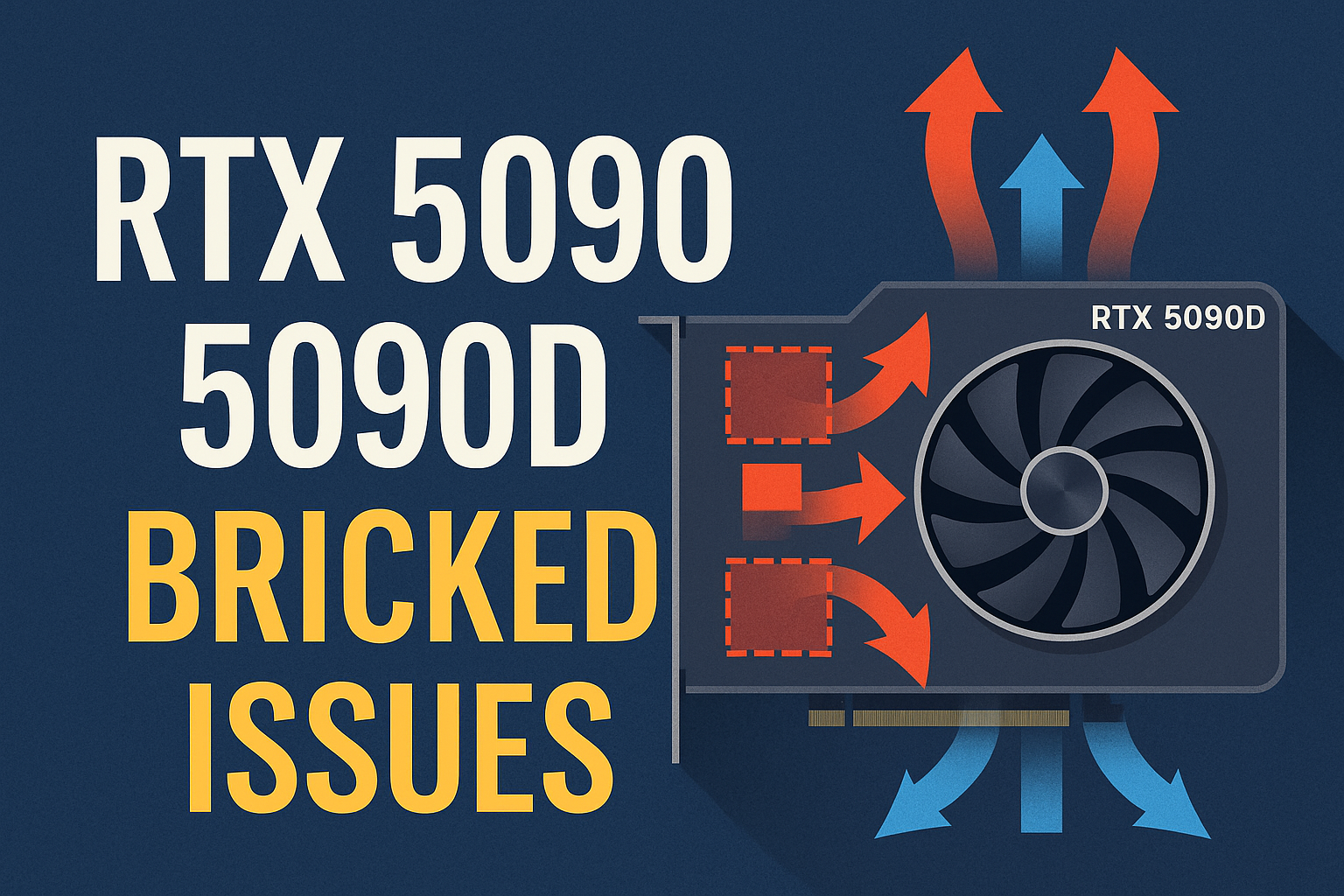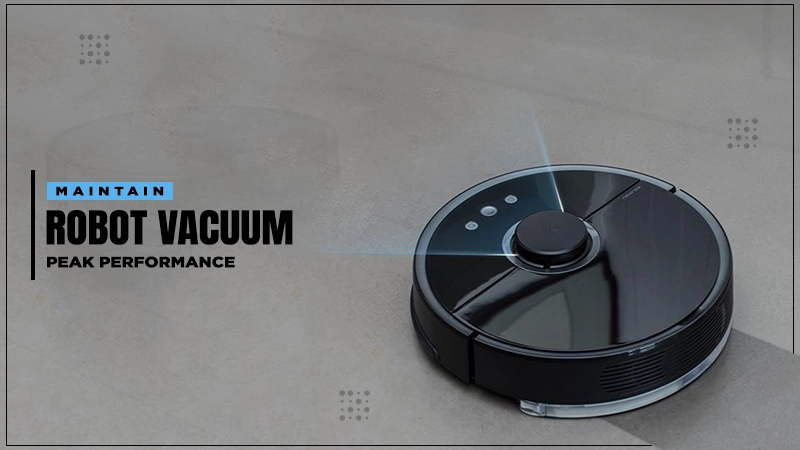On July 22, 2025, Flight UA770 was a Boeing 787-9 Dreamliner flying between Barcelona-El Prat Airport (BCN) and Chicago O’Hare International Airport (ORD): Flight UA770 experienced a technical malfunction during the mid-flight that forced the pilot to divert to London Heathrow Airport (LHR). This United Airlines flight UA770 emergency diversion was superbly done professionally to the point that it did not cause any harm to the lives and well-being of the 269 passengers on board.
This article dwells upon each part of the United Airlines Flight UA770 emergency diversion, i.e., why the flight was rerouted, the emergency procedures that were followed, the experience of the passengers, and the consequences of such an accident to strengthen the safety of air travel.
Flight Details and Aircraft Overview
- Flight Number: UA770
- Date: July 22, 2025
- Route: Barcelona (BCN) to Chicago O’Hare (ORD)
- Aircraft: Boeing 787-9 Dreamliner, tail N26902
- Passengers and Crew: 257 passengers and 12 crew members
The Boeing 787-9 Dreamliner is known for its advanced technology, fuel efficiency, and passenger comfort, widely used for transatlantic flights like UA770.
What Caused the United Airlines Flight UA770 Emergency Diversion?
About 90 minutes post take off, when the flight was at 37,000 feet, the flight crew observed that the cabin pressurization system was not functioning normally. Proper cabin pressure is essential to the safety of passengers at high altitudes.
Key Details:
- There was no rapid decompression or deployment of oxygen masks.
- The crew made a general emergency call by squawking code 7700, a universal call that notifies air traffic control that the flight has to be given urgent attention and priority landing.
The rapidity of the decision to declare an emergency saved all concerned with preparing with regard to the flight diversion.
Why Heathrow Was Chosen for Diversion?
The emergency diversion was best suited at the London Heathrow Airport as it has:
- Modern emergency response systems, such as medical and fire stations.
- Runways that have the capacity to cater to the large wide-body planes such as the 787.
- It is the closest and therefore the safest.
Emergency Landing and Passenger Care
The United Airlines Flight UA770 emergency diversion landed safely on Runway 27R at Heathrow at 4:55 PM BST. Helibases were put in strategic locations to be used in the event of an emergency.
Passenger Services
- The calm and professional communication of the crew helped calm down the passengers.
- After the landing, United Airlines provided meal check, hotel, and rebooking services.
- No injuries were reported.
Post-diversion Aircraft Inspection and Investigation
The Boeing 787-9 was thoroughly inspected upon landing. Investigation focused on:
- Diagnosing the cabin pressurization system malfunction.
- Reviewing maintenance and safety logs for any precedents.
- Determining corrective actions to prevent future risks.
Aviation Safety Insights from United Airlines Flight UA770 Emergency Diversion
- The importance of flight crew training for prompt, methodical emergency response.
- The reliability of aircraft monitoring systems in early anomaly detection.
- Seamless coordination between pilots, air traffic control, and emergency ground teams.
These factors ensured the United Airlines Flight UA770 emergency diversion was successfully managed without incident.
Also Read: https://techybrain.net/delta-flight-dl275-diverted-lax/
Conclusion
The United Airlines Flight UA770 emergency diversion reflects the soundness of the contemporary aviation safety procedures. Through early warning, decisive crew action, and the best airport support, a potentially dangerous situation was handled expertly. This accident gives prominence to the outstanding dedication of air companies and governmental agencies to the safety of the passengers, and it will restore confidence in air transportation in 2025 and later.
FAQs About United Airlines Flight UA770 Emergency Diversion
Q1: What does squawk code 7700 mean?
A1: It is a transponder code signaling a general emergency, alerting air traffic control to prioritize the flight’s landing.
Q2: Was anyone injured during the UA770 emergency diversion?
A2: No, all passengers and crew were safe throughout the incident.
Q3: Why was Heathrow Airport the choice for diversion?
A3: Heathrow is equipped with top emergency support, suitable runways, and is the closest safe airport.
Q4: Is the Boeing 787-9 generally a safe aircraft?
A4: Yes, it is one of the safest and most technologically advanced aircraft in commercial service.
Q5: What happens after an emergency diversion like UA770?
A5: The aircraft undergoes a full inspection, and any identified issues are rectified before service resumption..









